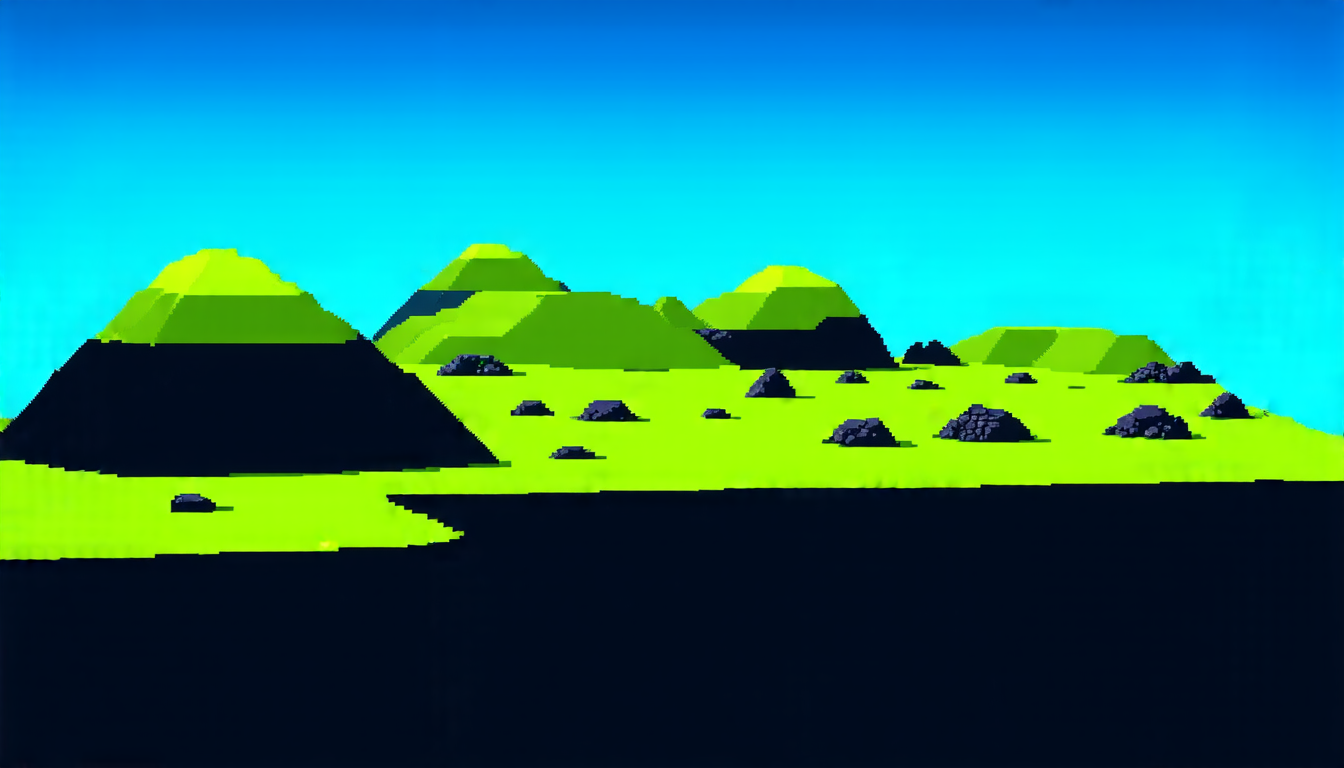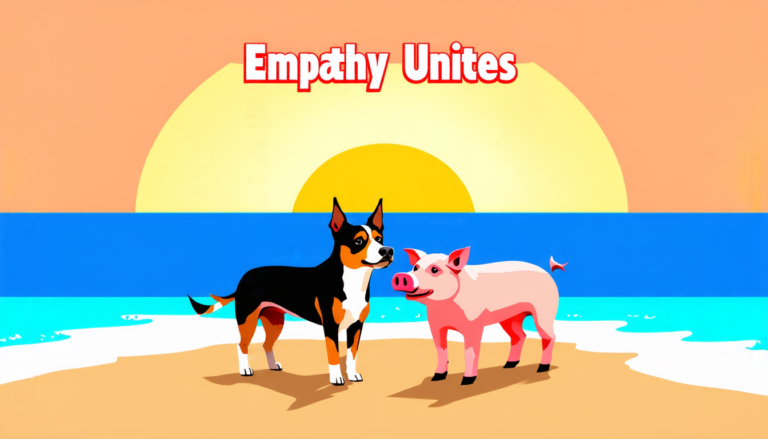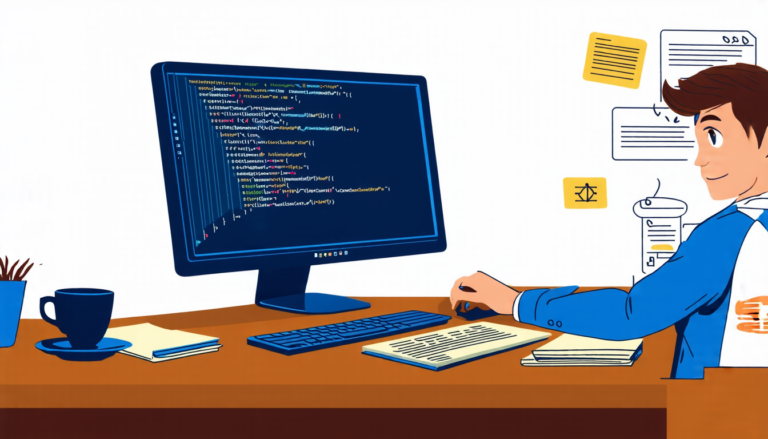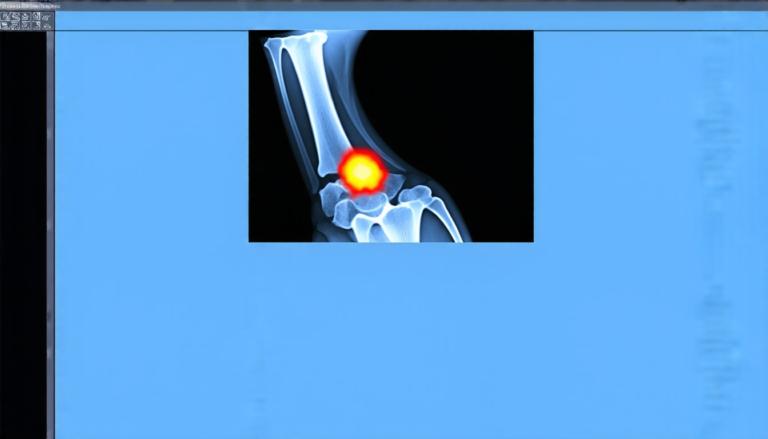Tuesday 29 July 2025
The quest for realistic and controlled environments has long been a challenge in fields like robotics, computer vision, and gaming. To tackle this problem, researchers have developed various techniques for generating synthetic terrains that mimic real-world scenarios. However, these methods often lack flexibility and control over the generated terrain’s properties.
A new approach seeks to change this by introducing a modular and extensible library for procedural terrain generation. This system allows users to construct complex terrains by chaining together simple modules, enabling fine-grained control over features like slope, roughness, and the number of rocks.
The library is built around a core module that can be modified or extended using various functions. These functions cover everything from basic shapes like planes and spheres to more complex structures like Gaussian distributions and noise-based terrain generators. By combining these modules in different ways, users can create unique terrains with specific characteristics.
One key advantage of this system is its ability to integrate seamlessly with popular tools like Blender, a 3D modeling software commonly used in the gaming and animation industries. This allows researchers to easily render and visualize their generated terrains, making it easier to test and refine their designs.
The library’s flexibility is demonstrated by its ability to generate terrains with varying levels of complexity. For example, users can create simple, flat plains or complex, rocky landscapes with deep valleys and towering peaks. The system can also be used to simulate realistic environmental phenomena like erosion and sedimentation, making it an ideal tool for researchers studying natural processes.
Another benefit of this approach is its potential applications in various fields beyond terrain generation. For instance, the library’s ability to generate random distributions could be useful in tasks like data analysis or machine learning model training.
In practice, the system is easy to use and requires minimal programming knowledge. Users can simply select the modules they want to combine, set their parameters, and let the library do the rest. The generated terrains can then be visualized using Blender or other 3D rendering software.
The implications of this research are significant, as it has the potential to revolutionize the way researchers approach terrain generation and simulation. By providing a flexible and controlled environment, this system could accelerate advancements in fields like robotics, computer vision, and gaming, ultimately leading to more realistic and immersive experiences for users.
Cite this article: “Modular Terrain Generation Library”, The Science Archive, 2025.
Robotics, Computer Vision, Gaming, Procedural Terrain Generation, Modular Library, 3D Modeling, Blender, Terrain Simulation, Erosion, Sedimentation
Reference: Erik Wallin, “A modular and extensible library for parameterized terrain generation” (2025).







